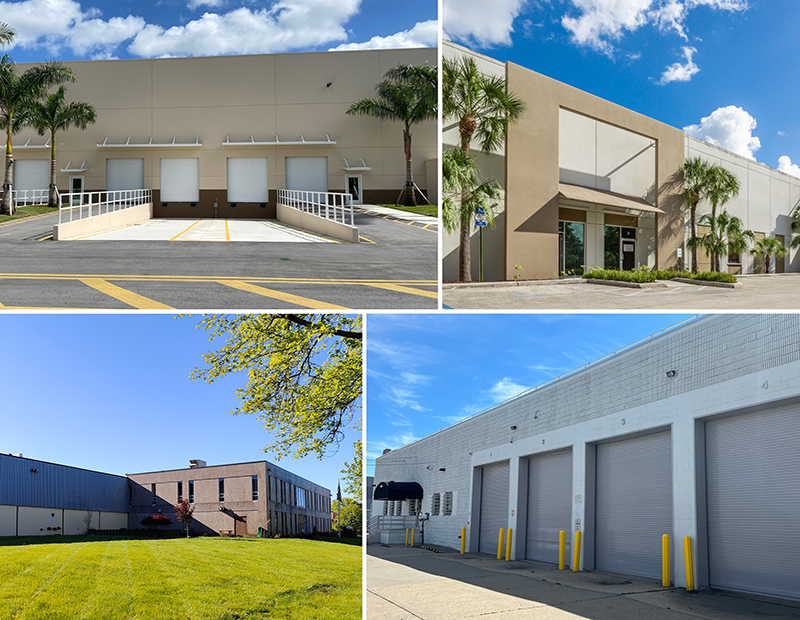Seagis Lands $122M in Financing for Industrial Portfolio
JLL Capital Markets arranged the loan for properties in three major East Coast states.

Seagis Property Group LP has landed a $122 million loan for the financing of a 13-property industrial portfolio. Totaling more than 1.1 million square feet, the assets are situated in northern New Jersey, New York City and South Florida.
A correspondent lender of JLL NJ originated the financing, which is in the form of a five-year, fixed-rate loan.
Each property aligns with Seagis’ strategy of focusing on high-quality gateway and infill markets in East Coast territories. In New York and New Jersey, the properties are located in Meadowlands, Outer Boroughs and central New Jersey. The South Florida industrial buildings are in the Miami and Broward County markets.
READ ALSO: What’s Driving the Manufacturing Revival?
Five buildings of the portfolio are in New Jersey, seven are in South Florida and one is in Queens, N.Y. Completed between 1973 and 2021, the industrial buildings were largely purchased by Seagis within the last two years.
At the time of the financing, the portfolio was 95 percent occupied.
JLL’s Capital Markets Debt Advisory team of Senior Managing Directors Jim Cadranell and Gregory Nalbandian, Vice President Michael Lachs and Associate Jimmy Calvo represented the borrower.
Industrial sector’s forecast
Last year, industrial construction nearly halved due to a multitude of factors, according to the latest CommercialEdge industrial report. While there was a general slowdown, certain parts of the country fared better than others. Dallas and Phoenix combined contributed over 17 percent of all construction starts across the U.S.
As of the end of November 2023, the national industrial vacancy rate stood at 4.6 percent, above the nearly 4 percent vacancy rate in the first half of the year, according to the same report. Despite this increase, the industrial sector performed very well last year.
In 2024, experts anticipate the industrial sector to cool off. Two determining factors to look out for include retail and e-commerce, which have the potential to drive demand for logistics space near population centers.







You must be logged in to post a comment.